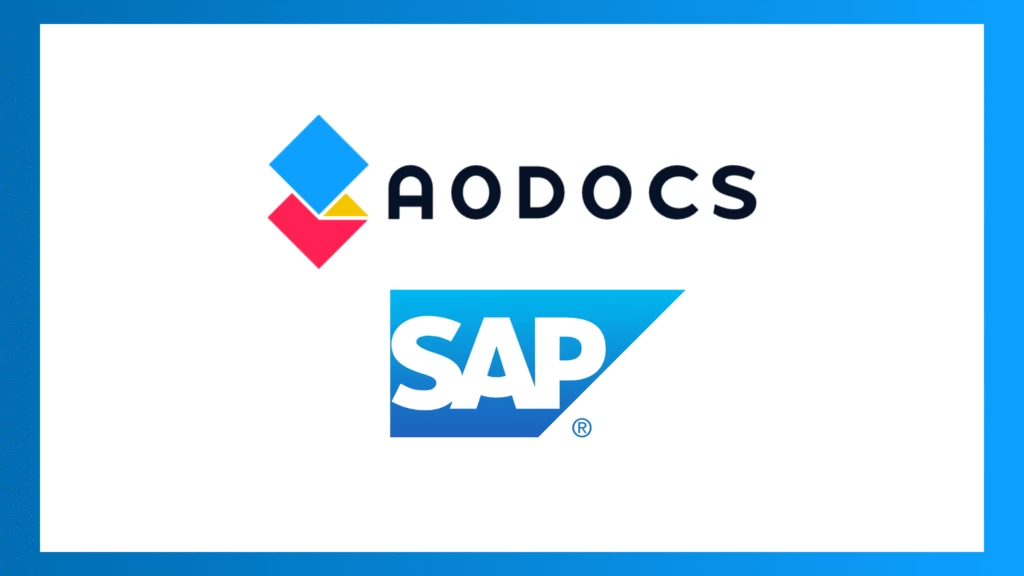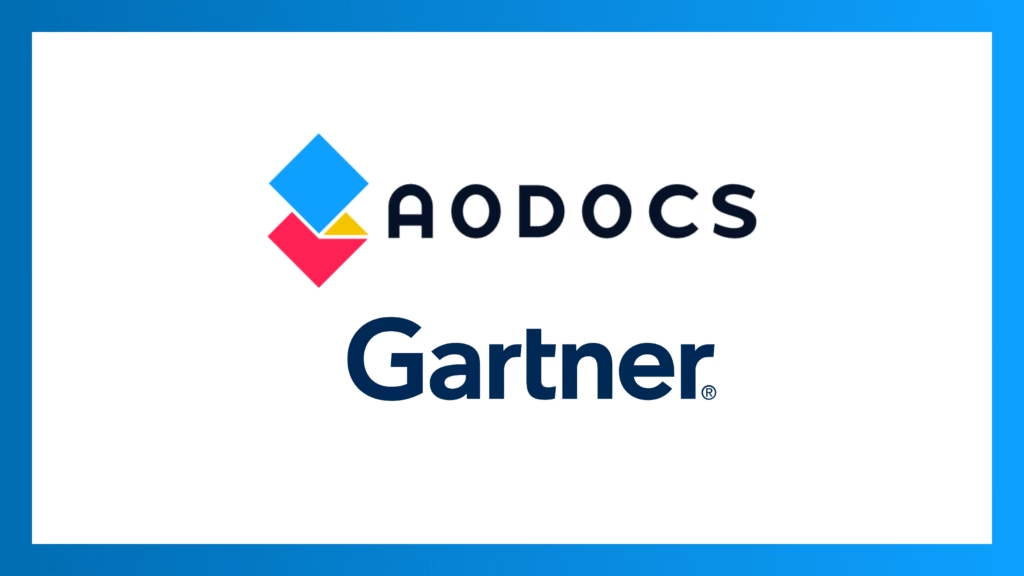Enterprise Content Management (ECM) is a term that has been around since the early 2000s, but what exactly is it?
In an age where terms such as Document Management (DM), case management, knowledge management, and Content Services Platforms (CSP) hit us every day, where does ECM fit in, and how does it compare?
This blog will explain everything:
- What enterprise content management is (and isn’t).
- The key features and benefits of ECM.
- Why the ECM industry is still very much alive and kicking.
- How ECM has evolved to become a key component of what is now commonly referred to as “content services.”
Enterprise Content Management Components
ECM helps control the entire information lifecycle, automates processes, and aims to control and govern content within an organization. ECM system capabilities are often described by six simple verbs:
Capture
In the old days, most content entering a system came from scanned paper. This is very different for an ECM system, where content can be captured from multiple sources, including paper, emails, faxes, native electronic documents, such as MS Word or Excel files, and industry-specific file formats, such as medical images or Computer-Aided Design (CAD) files.
Manage
An ECM system builds on the simple document management capabilities of a DMS, such as versioning and audit trails, to deliver a comprehensive set of controls and tools to manage multiple types of content and metadata from multiple sources.
Access
Access to documents within a document management system was typically provided solely through the (often horrible) user interface of the DM system. ECM changes that and allows content to be accessed by multiple users, from multiple devices, from multiple systems. Providing secure, role-based, audited access to content via system interfaces, such as desktop, web, and mobile, is critical, as is the ability to provide integration to external systems, such as G Suite, Salesforce, and SAP.
Store
The longevity of document and content management systems has increased, meaning that the need for a diverse range of storage capabilities has also increased in parallel. The storage of content has to be done effectively and invisibly, from being able to store content in multiple locations, such as local disk, network disk, cloud storage, and more, to the archiving of content to storage mediums more suited to long-term storage.
Automate
Defining workflows and tasks to map and execute core business processes is a key feature of any ECM system. To deliver value by reducing human interaction, to identify process bottlenecks, or to use the speed and scale that computing power can deliver provides a definable Return on Investment (ROI) around ECM deployments and is key to the initial purchase of the system, as well as the long-term success of the deployment.
Analyze
An increasingly important aspect of ECM is the ability to analyze the data and usage patterns generated by the system. The ability to report on usage patterns, unusual behavior, duplicate content, and unmarked records is of significant value to any organization.
ECM and File Sharing
Many organizations believe they have implemented ECM but, instead, have used enterprise content management software to deliver rudimentary services, such as:
• Simple file sharing and library services.
• Information compliance, governance, and records management.
• Business process management and optimization.
• Mobile and remote worker enablement.
How to Use an Enterprise Content Management System
ECM software can be utilized across many different industry sectors and by many different departments within any given organization to deliver a multitude of benefits. Below are some of the common areas in which an ECM can make a difference:
- Strengthened compliance and information governance, reducing the risk of data breaches.
- Improved employee productivity via faster and easier information creation, sharing, and retrieval.
- Accelerated productivity and reduced cost of deployment and ownership, leading to rapid project ROI.
- Improved corporate agility and personal productivity.
Content Services and Cloud-based ECM
ECM has been around for many years and has been delivering benefits to numerous industries and application areas. But the functionality provided by enterprise content management systems now forms part of a wider suite of capabilities, known as “content services.”
A modern content services platform can deliver all that DM and ECM could, but with added capabilities, benefits, and use cases.
A CSP builds on enterprise content management and brings the technology squarely into the 21st century with cloud- and mobile-enabled workplaces, AI insights, and user experience based on consumer technologies, not painful business systems.
Far from being dated and irrelevant, DM and ECM have matured and now find themselves as an essential toolset in the agility arsenal of the modern enterprise once again.
AODocs Platform
AODocs is a content services platform designed to modernize the way businesses work – offering a low code environment to build content-rich applications, powerful automation and workflows, and business applications with comprehensive security and compliance capabilities.



